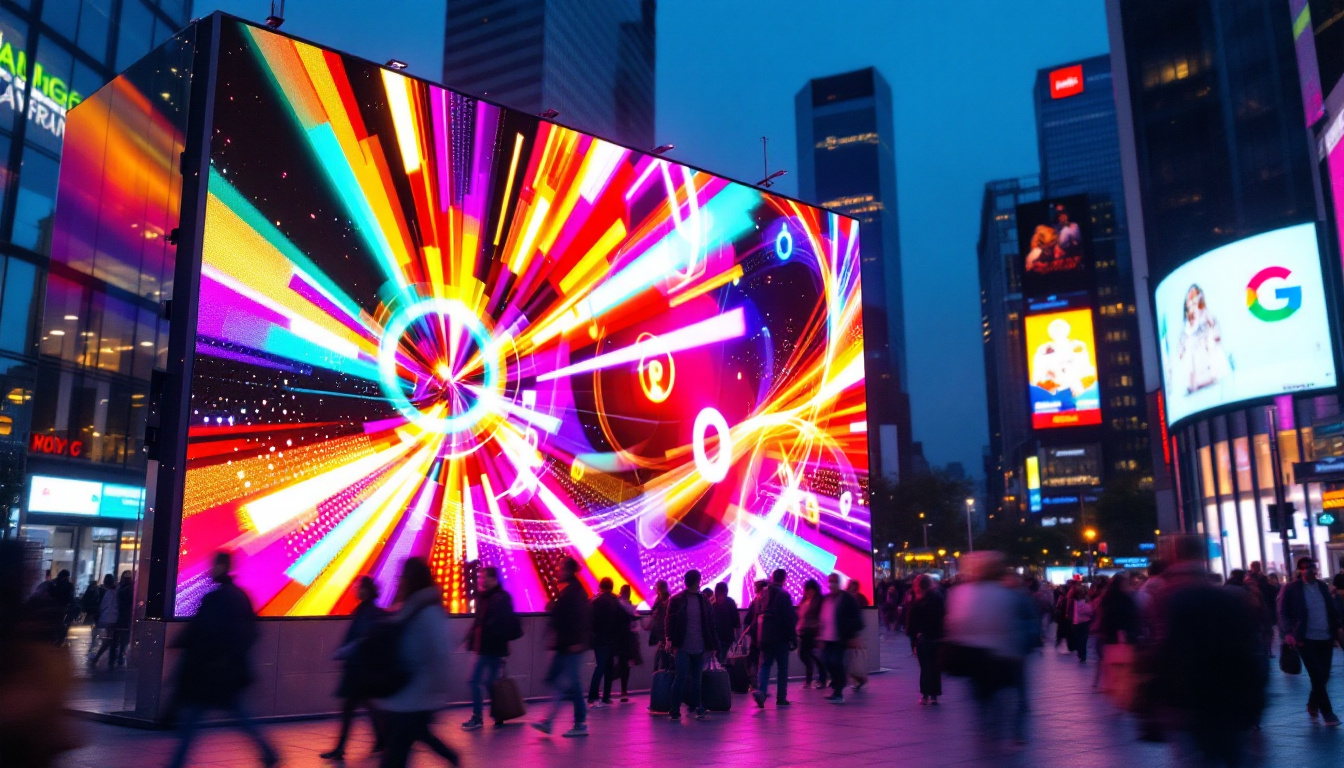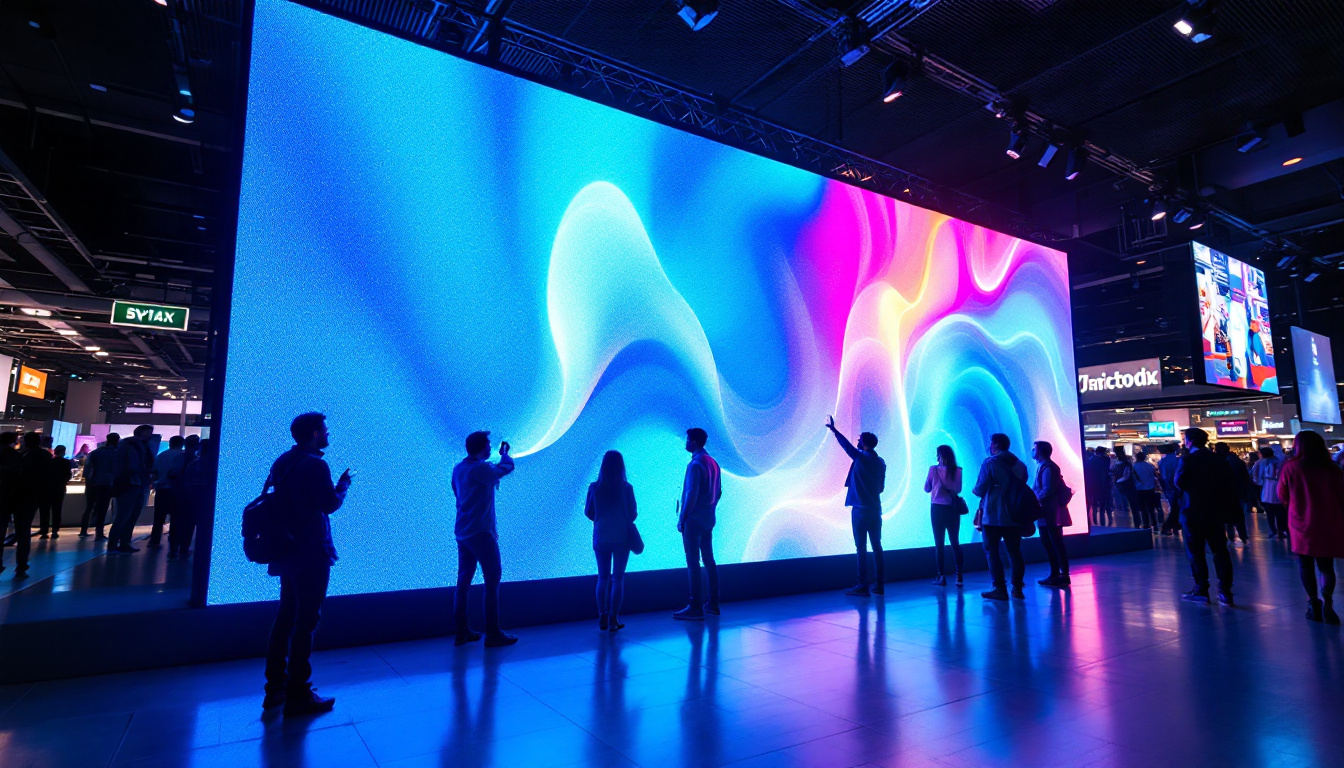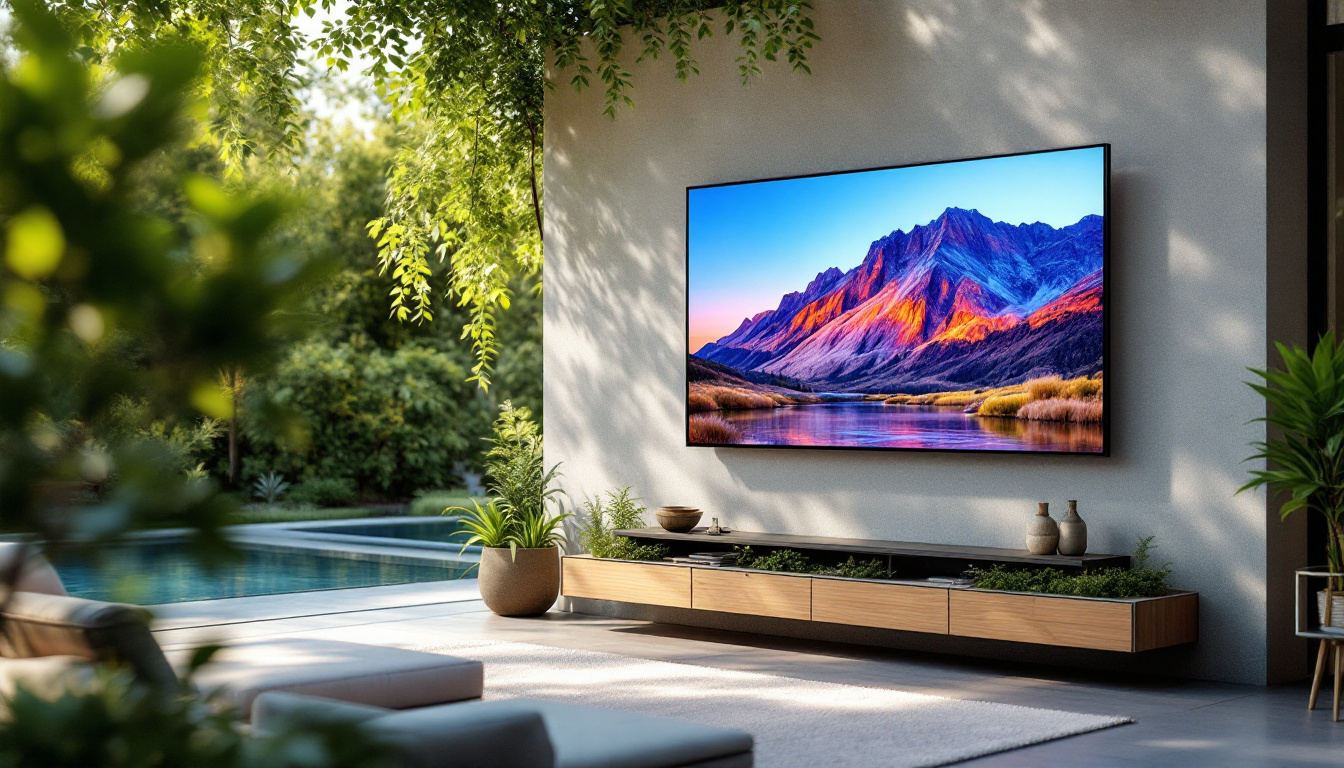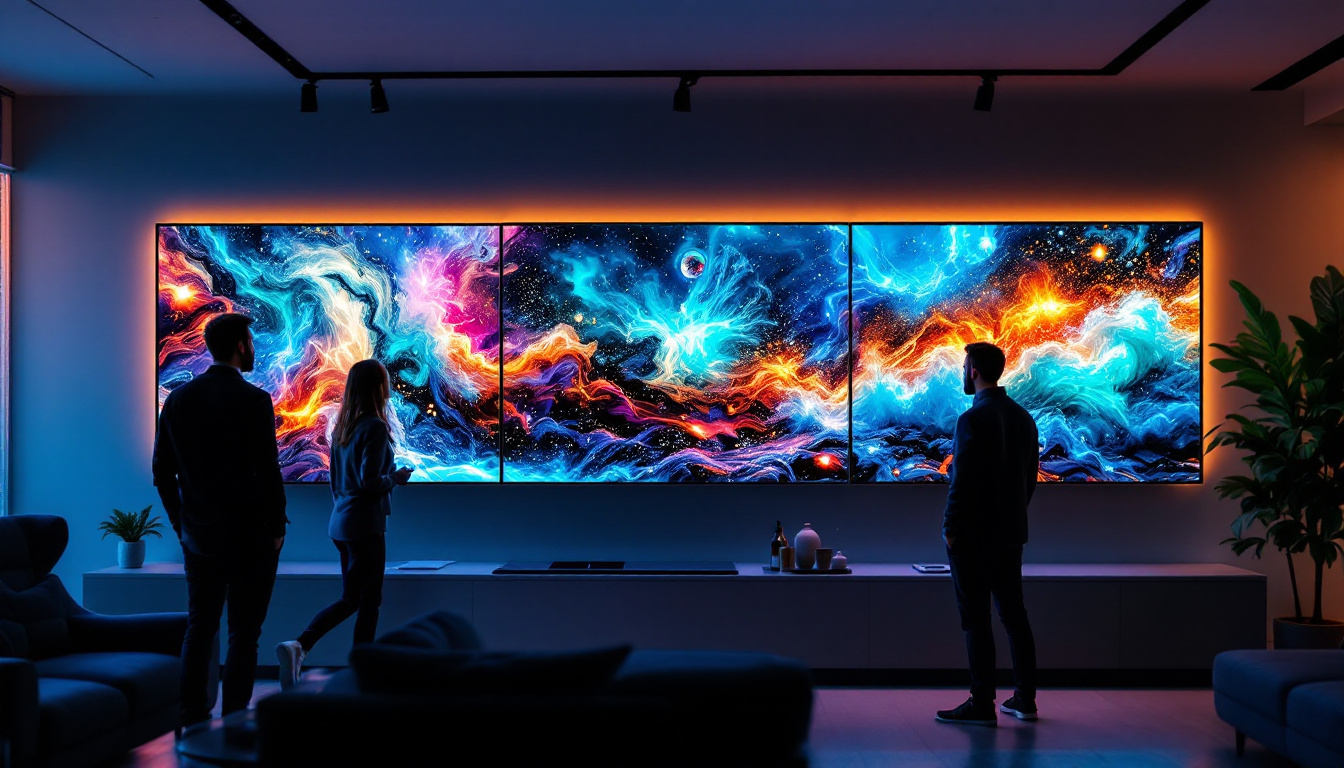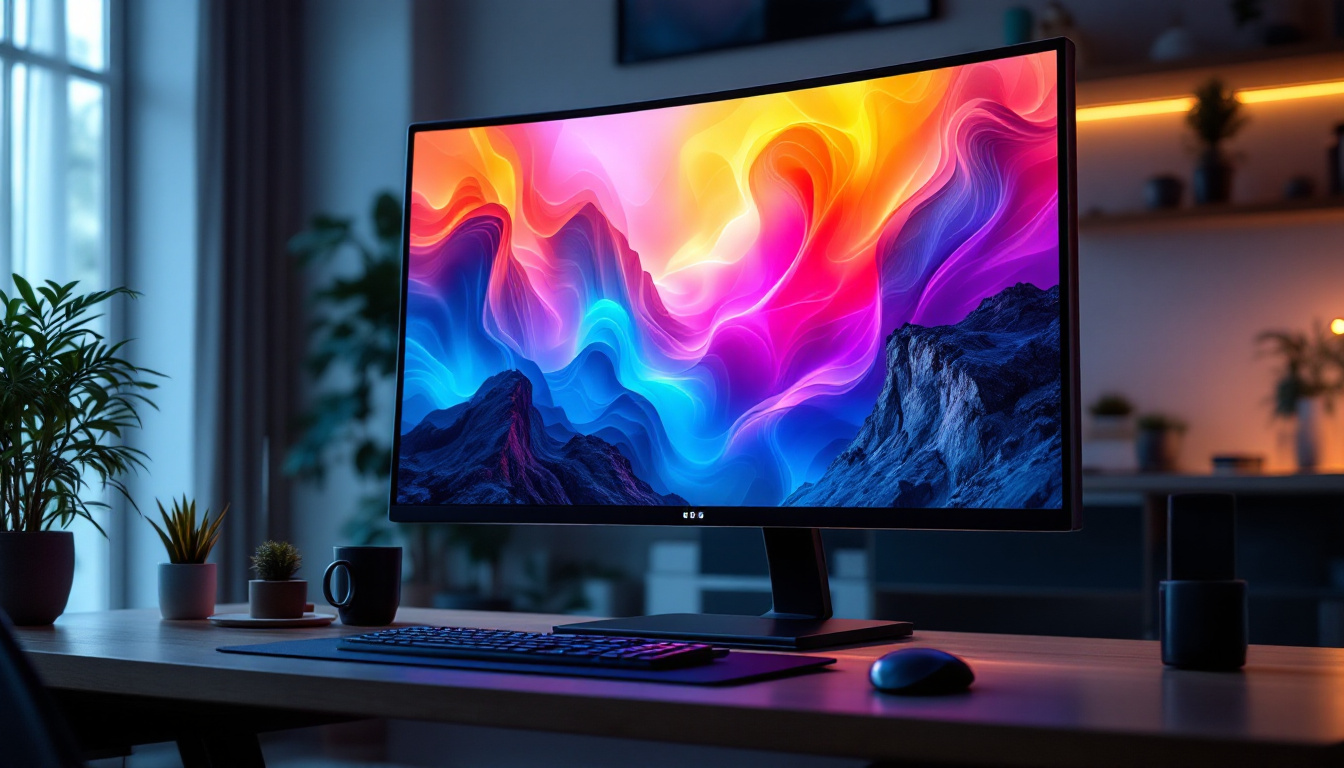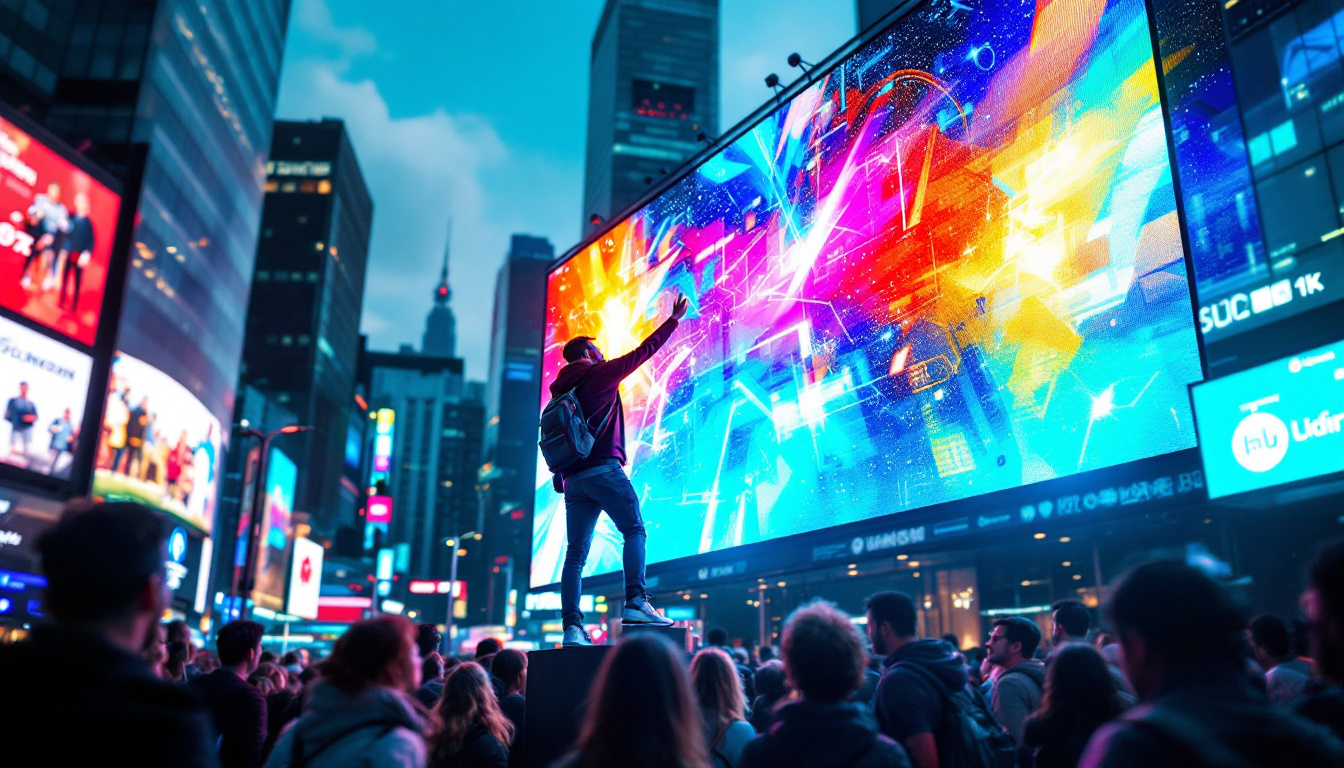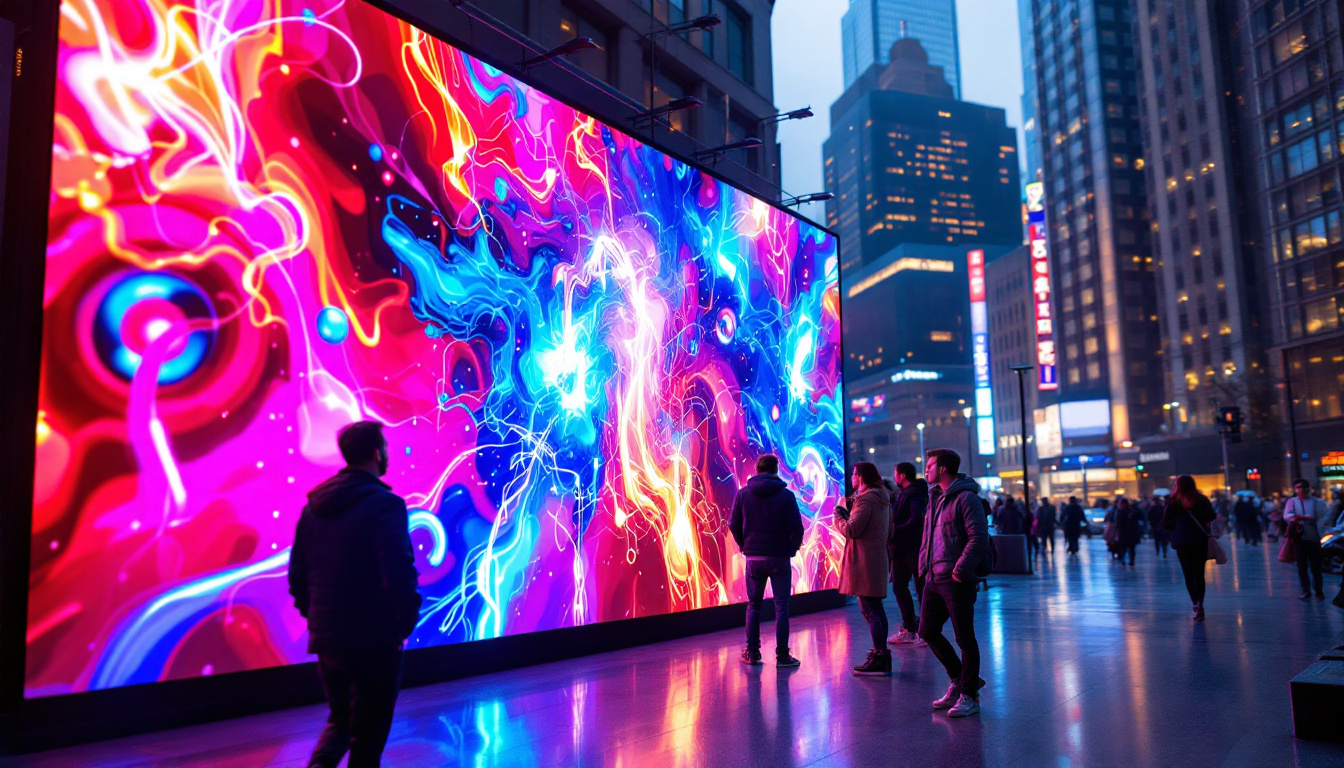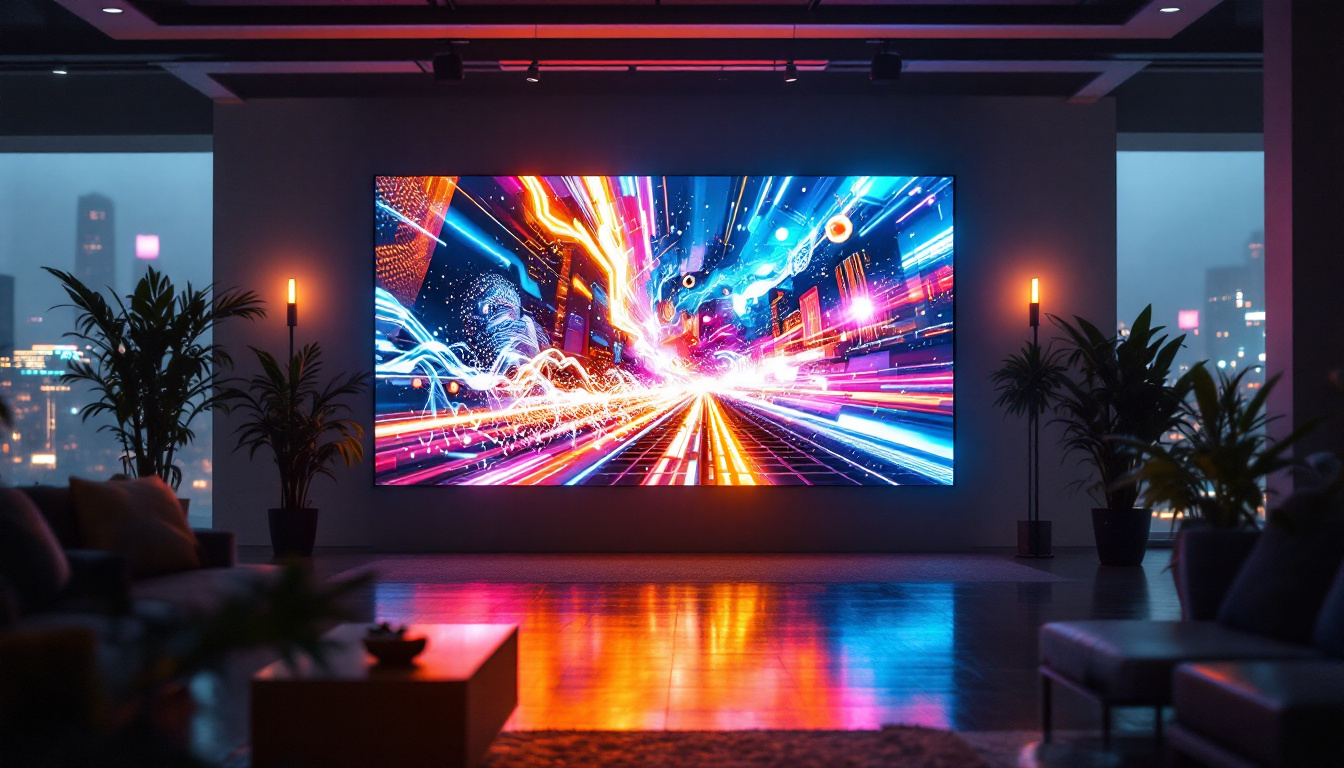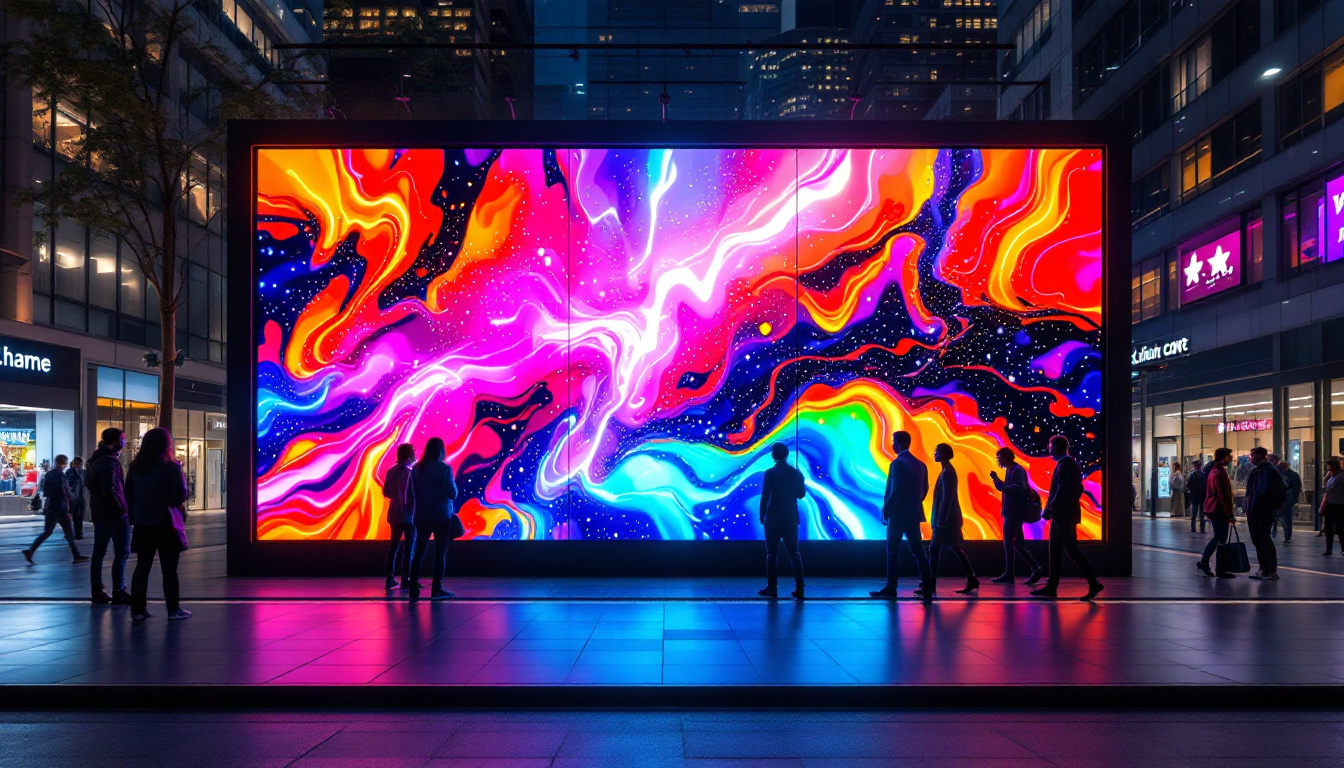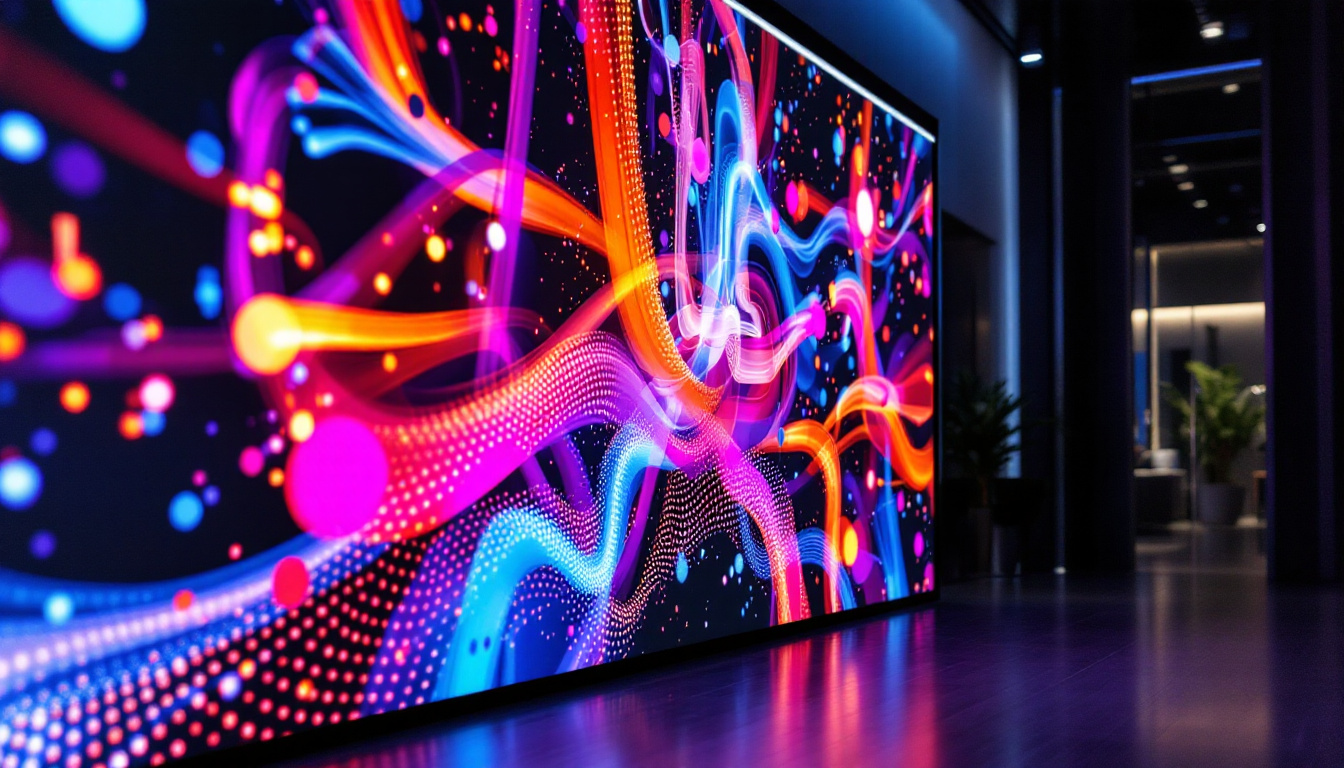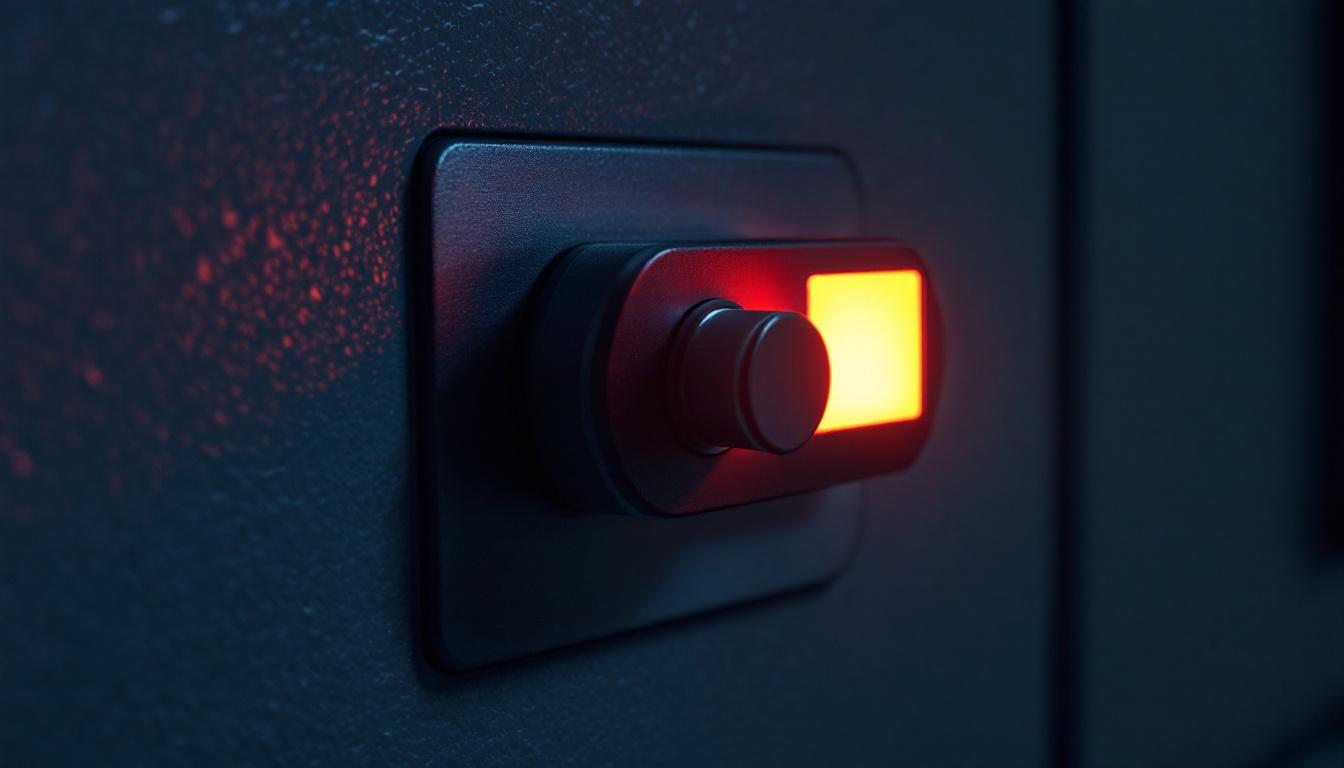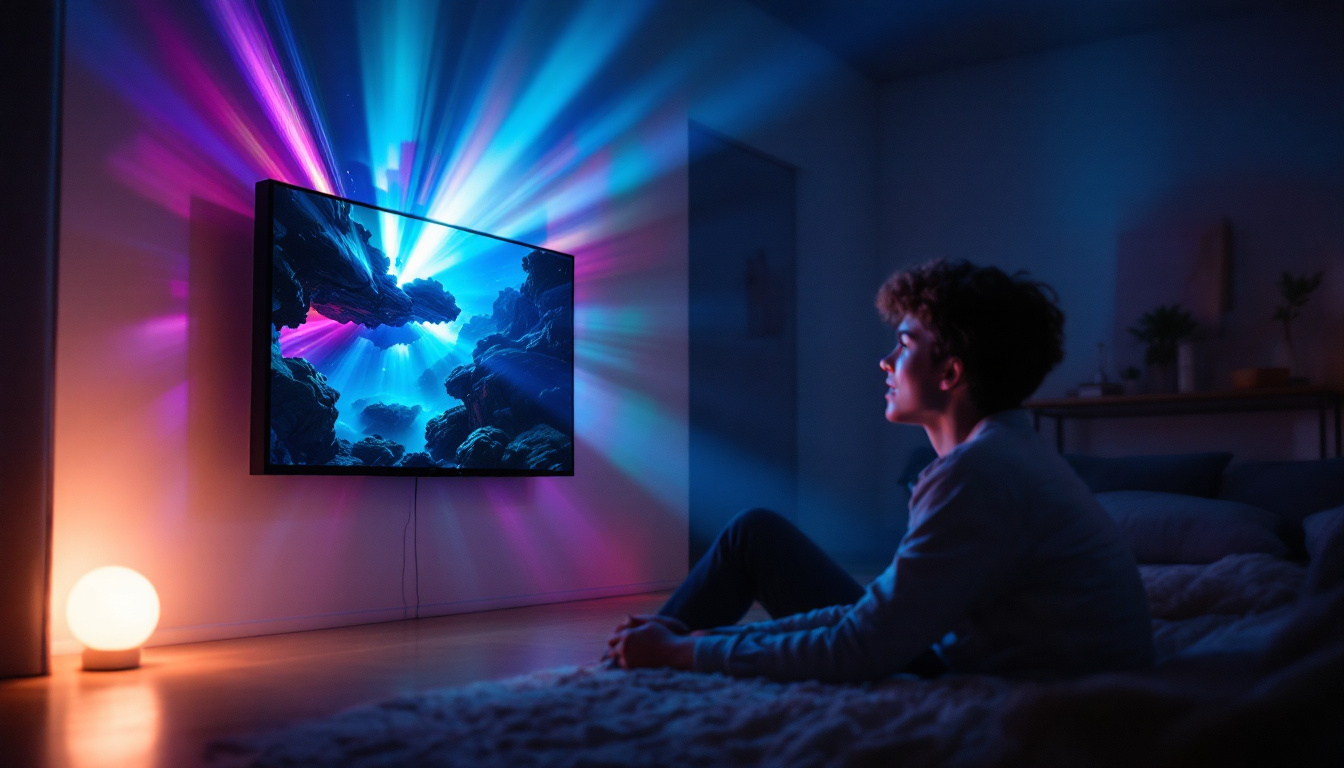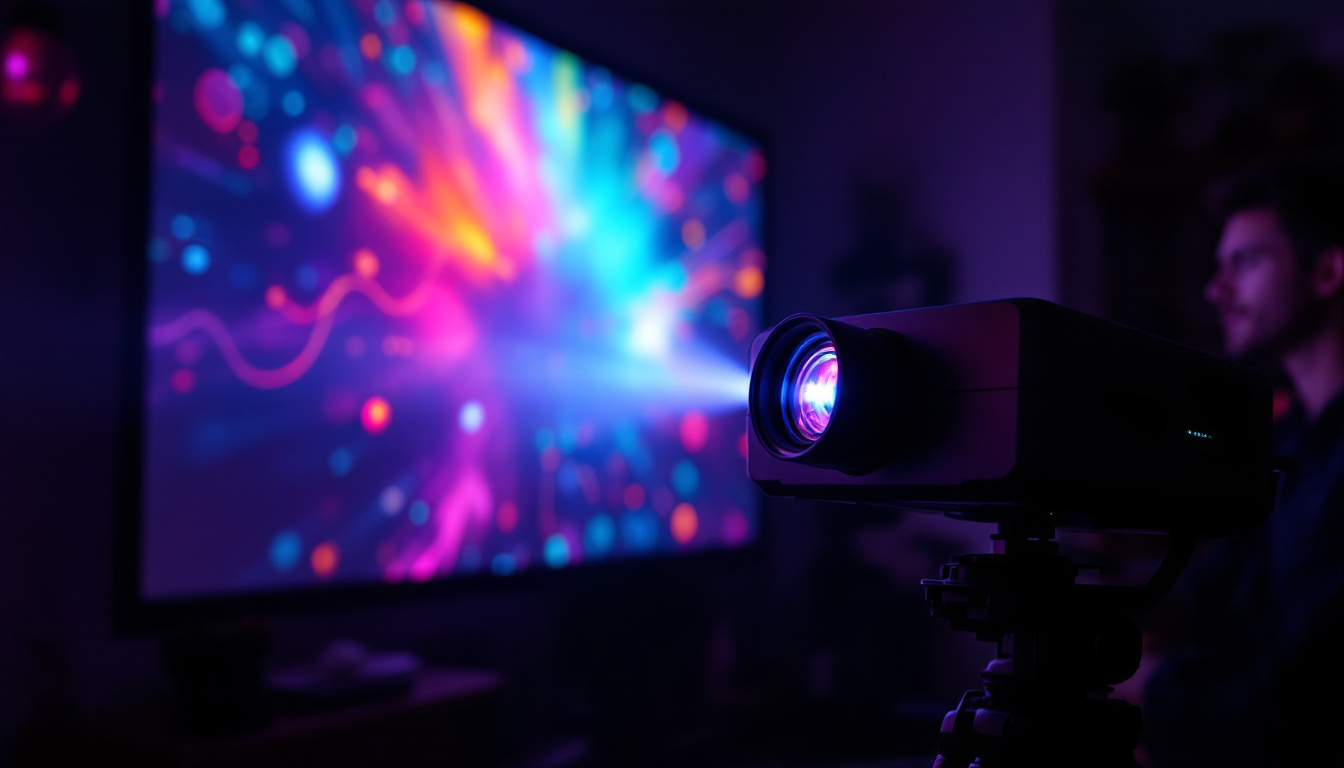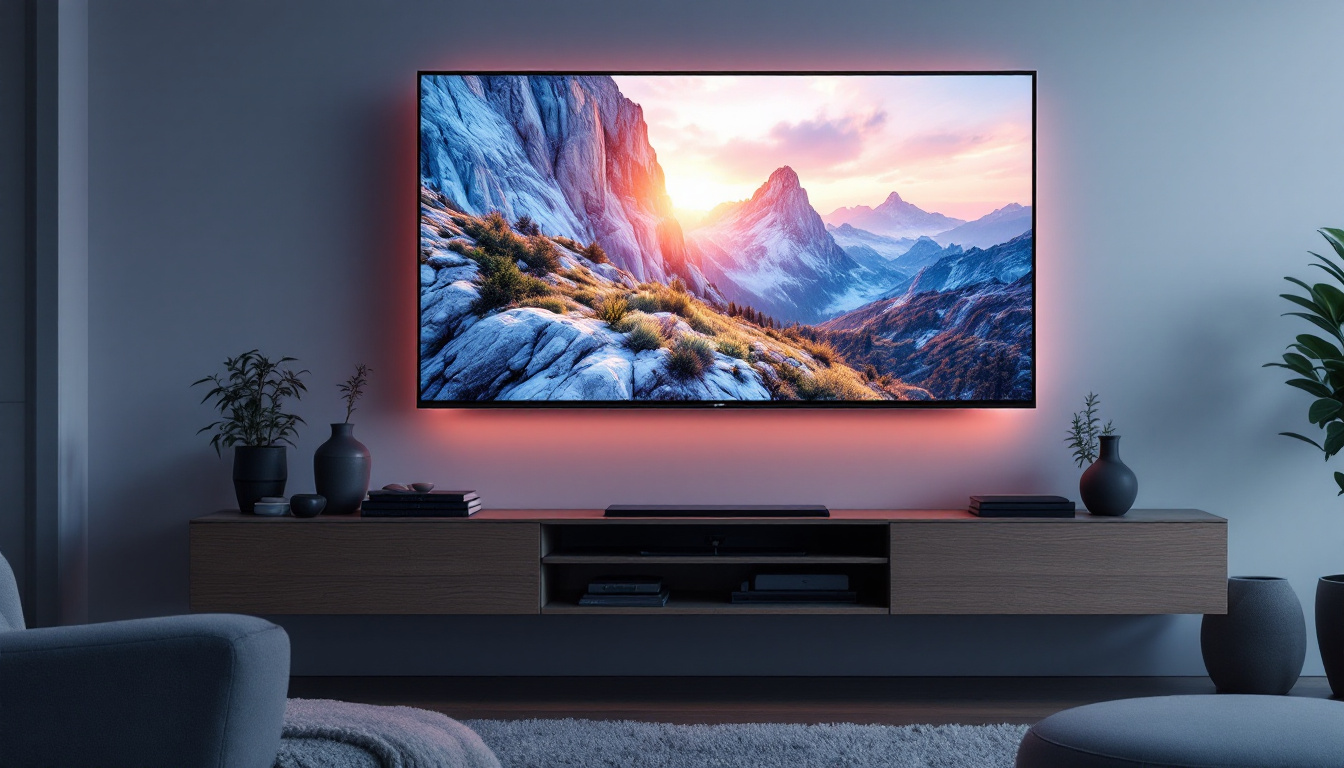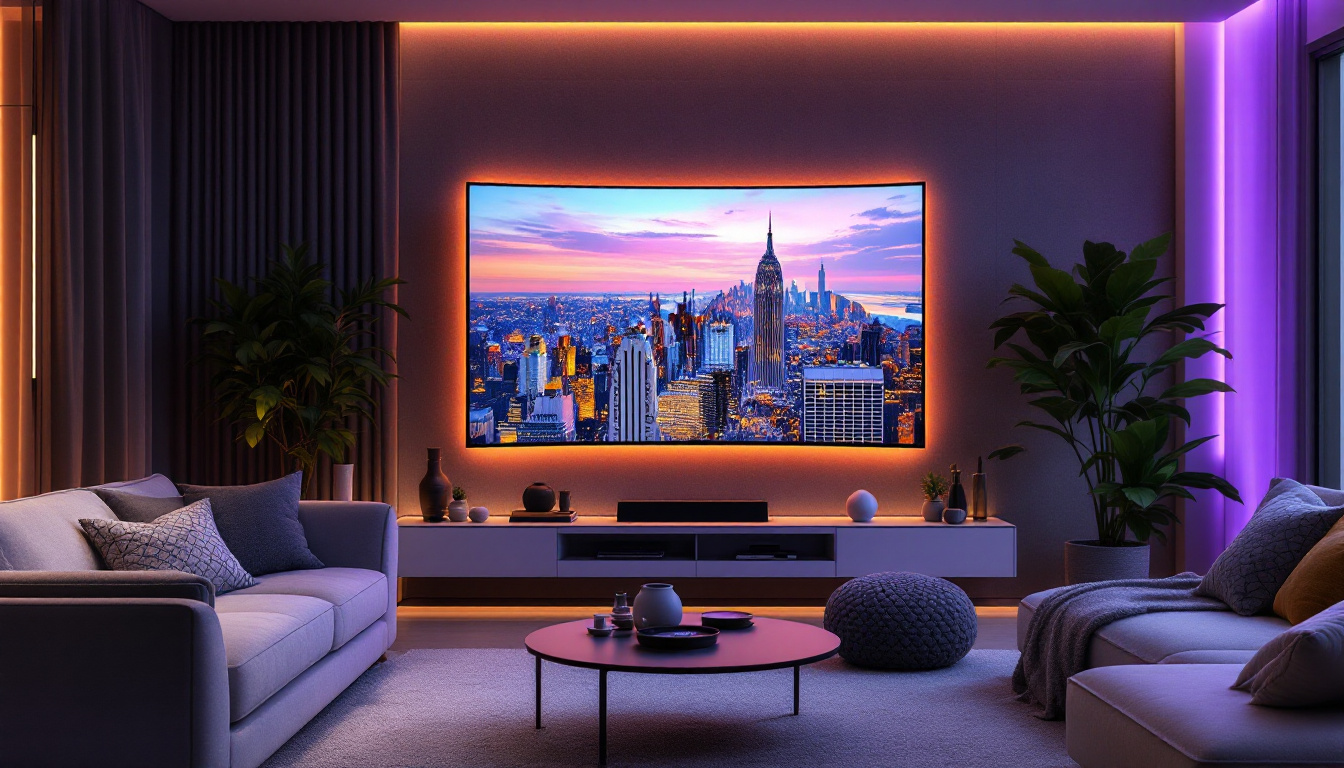In today’s digital age, monitors are an essential part of our daily lives, whether for work, gaming, or entertainment. One crucial aspect of monitor settings is brightness, which can significantly affect the viewing experience. This article will explore how to change the brightness on LED displays, the importance of brightness settings, and various methods to adjust it effectively.
Understanding Monitor Brightness
Brightness refers to the amount of light emitted from a display. On LED monitors, it is measured in nits, with higher values indicating a brighter screen. Proper brightness settings can enhance visibility, reduce eye strain, and improve overall user experience. However, many users may not be aware of how to adjust these settings effectively.
The Importance of Brightness Settings
Adjusting brightness is not just about personal preference; it plays a crucial role in maintaining eye health. Working on a screen that is too bright or too dim can lead to discomfort, headaches, and long-term vision problems. Moreover, the right brightness can improve the clarity of images and text, making tasks easier and more enjoyable. Studies have shown that prolonged exposure to improper brightness levels can contribute to digital eye strain, a condition that affects many individuals in our increasingly screen-oriented world.
In addition to physical health, the psychological impact of brightness settings should not be overlooked. A well-calibrated screen can create a more inviting workspace, enhancing productivity and focus. Conversely, a screen that is too bright can lead to fatigue, while one that is too dim may cause frustration and distraction. Finding the right balance can transform the way we interact with our devices, making tasks feel less burdensome and more engaging.
Factors Influencing Brightness
Several factors can influence the ideal brightness level for any given situation. Ambient light conditions, for instance, can significantly affect how a screen appears. In a brightly lit room, a higher brightness setting may be necessary to see clearly, while a dimmer setting might be more comfortable in a darker environment. This is particularly important for users who work in varying light conditions throughout the day, as adjusting brightness can help maintain consistent visibility and comfort.
Additionally, the type of content being viewed can also dictate brightness levels. For example, watching a movie may require different settings compared to working on a document. Brightness settings for gaming may also differ, as high contrast and vibrant colors can enhance the immersive experience. Understanding these factors can help users make informed decisions about their monitor settings. Furthermore, many modern monitors come equipped with adaptive brightness features that automatically adjust based on surrounding light, providing a seamless experience that can further reduce the need for manual adjustments.
Methods to Change Brightness on LED Monitors
There are several methods to adjust brightness on LED monitors, ranging from hardware buttons to software settings. Each method has its advantages and may be more suitable depending on the user’s preferences and the specific monitor model.
Using Monitor Buttons
Most LED monitors come equipped with physical buttons or a joystick located on the monitor’s bezel. These buttons typically allow users to access the on-screen display (OSD) menu, where brightness settings can be adjusted. To change brightness using this method, follow these steps:
- Locate the buttons on your monitor, usually found on the bottom or side.
- Press the button that opens the OSD menu.
- Navigate to the brightness settings using the directional buttons.
- Adjust the brightness level to your preference and exit the menu.
This method is straightforward and does not require any software installation, making it accessible for all users. Additionally, some monitors may feature a quick-access button that allows for immediate brightness adjustments without delving into the full OSD menu, enhancing user convenience.
Adjusting Brightness via Operating System Settings
In addition to hardware buttons, users can adjust brightness settings through their operating system. Both Windows and macOS offer built-in options to change monitor brightness, which can be particularly useful for laptops or external monitors connected to a computer.
For Windows Users
Windows provides a simple way to adjust brightness through the Settings app. Here’s how:
- Right-click on the desktop and select “Display settings.”
- Scroll down to the “Brightness and color” section.
- Use the slider to adjust the brightness level.
This method allows for quick adjustments without navigating through the monitor’s OSD menu. Furthermore, Windows 10 and later versions also include an adaptive brightness feature that automatically adjusts screen brightness based on ambient light conditions, which can help reduce eye strain during prolonged use.
For macOS Users
Mac users can also adjust brightness easily through System Preferences:
- Click on the Apple menu and select “System Preferences.”
- Choose “Displays.”
- Adjust the brightness slider to your desired level.
This approach is particularly handy for users who frequently switch between different lighting conditions. Additionally, macOS offers the option to enable “Night Shift,” which reduces blue light emissions by adjusting the color temperature of the display, further enhancing visual comfort during evening hours. This feature can be particularly beneficial for users who work late into the night or are sensitive to bright screens in dim environments.
Using Software Applications
For those seeking more control over their display settings, various software applications can help manage brightness levels. These applications often provide advanced features, such as scheduling brightness changes based on the time of day or adjusting color temperature.
Third-Party Applications
Third-party applications like f.lux or Iris offer extensive customization options for display settings. These programs can automatically adjust brightness and color temperature based on the time of day, helping to reduce eye strain during late-night usage. To use these applications:
- Download and install the application of your choice.
- Follow the setup instructions to configure brightness settings.
- Explore additional features, such as scheduling and color adjustments.
These applications can be particularly beneficial for users who spend long hours in front of their screens.
Using Graphics Card Control Panel
Another method to adjust brightness is through the graphics card control panel. Both NVIDIA and AMD graphics cards provide options to manage display settings, including brightness. Here’s how to access these settings:
NVIDIA Control Panel
- Right-click on the desktop and select “NVIDIA Control Panel.”
- Navigate to “Display” and select “Adjust desktop color settings.”
- Use the brightness slider to make adjustments.
AMD Radeon Settings
- Right-click on the desktop and select “AMD Radeon Settings.”
- Click on “Display.”
- Adjust the brightness slider to your preference.
Using the graphics card control panel can provide more precise control over display settings, especially for gamers and graphic designers.
Tips for Optimal Brightness Settings
Finding the right brightness level can enhance the viewing experience significantly. Here are some tips to help users achieve optimal brightness settings:
Consider Ambient Light
Always take into account the lighting conditions of your environment. In bright rooms, increasing brightness can help reduce glare and improve visibility. Conversely, in darker settings, lowering the brightness can prevent eye strain and create a more comfortable viewing experience.
Use Color Calibration Tools
For professionals who rely on color accuracy, using calibration tools can help ensure that brightness and color settings are optimal. Devices like colorimeters can measure and adjust display settings to achieve the best possible results.
Regularly Adjust Settings
As lighting conditions change throughout the day, it is beneficial to regularly adjust brightness settings. Many monitors and software applications allow for quick changes, making it easy to adapt to different environments.
Common Issues and Troubleshooting
While adjusting brightness is generally straightforward, users may encounter issues that require troubleshooting. Here are some common problems and their solutions:
Brightness Slider Not Responding
If the brightness slider is unresponsive, it may be due to outdated drivers or software conflicts. To resolve this issue:
- Check for updates for your graphics drivers and install any available updates.
- Restart your computer to refresh the settings.
- Try using the monitor’s physical buttons to adjust brightness instead.
Brightness Levels Not Saving
Sometimes, users may find that their brightness settings do not save after a restart. This can be frustrating, but it can often be fixed by:
- Updating the monitor’s firmware, if applicable.
- Checking the power settings in the operating system to ensure they are not overriding manual adjustments.
Screen Flickering with Brightness Changes
If changing the brightness causes the screen to flicker, it may indicate a hardware issue or a problem with the graphics card. To troubleshoot this:
- Check the monitor’s connection to the computer and ensure it is secure.
- Try a different cable or port to rule out connection issues.
- Consult the monitor’s user manual for specific troubleshooting steps.
Conclusion
Adjusting brightness on LED monitors is a crucial aspect of optimizing the viewing experience. Whether using physical buttons, operating system settings, or software applications, users have multiple methods at their disposal. Understanding the importance of brightness settings and how to adjust them effectively can lead to a more comfortable and enjoyable experience, reducing eye strain and enhancing productivity.
By considering factors such as ambient light, regularly adjusting settings, and troubleshooting common issues, users can ensure their monitors are set to the ideal brightness for any situation. In a world where screens dominate our daily lives, taking the time to adjust brightness can make a significant difference in comfort and visual clarity.
Discover the Future of LED Displays with LumenMatrix
Now that you understand the importance of proper brightness settings for an optimal viewing experience, take the next step with LumenMatrix’s innovative LED display solutions. Whether you’re looking to enhance your brand’s visibility, create a captivating visual experience, or simply want a high-quality display that can adapt to your needs, LumenMatrix has you covered. From Indoor and Outdoor LED Walls to Custom and Transparent Displays, our products are designed to revolutionize visual communication and engagement. Check out LumenMatrix LED Display Solutions and see how we can help you share your message with impact and clarity.


